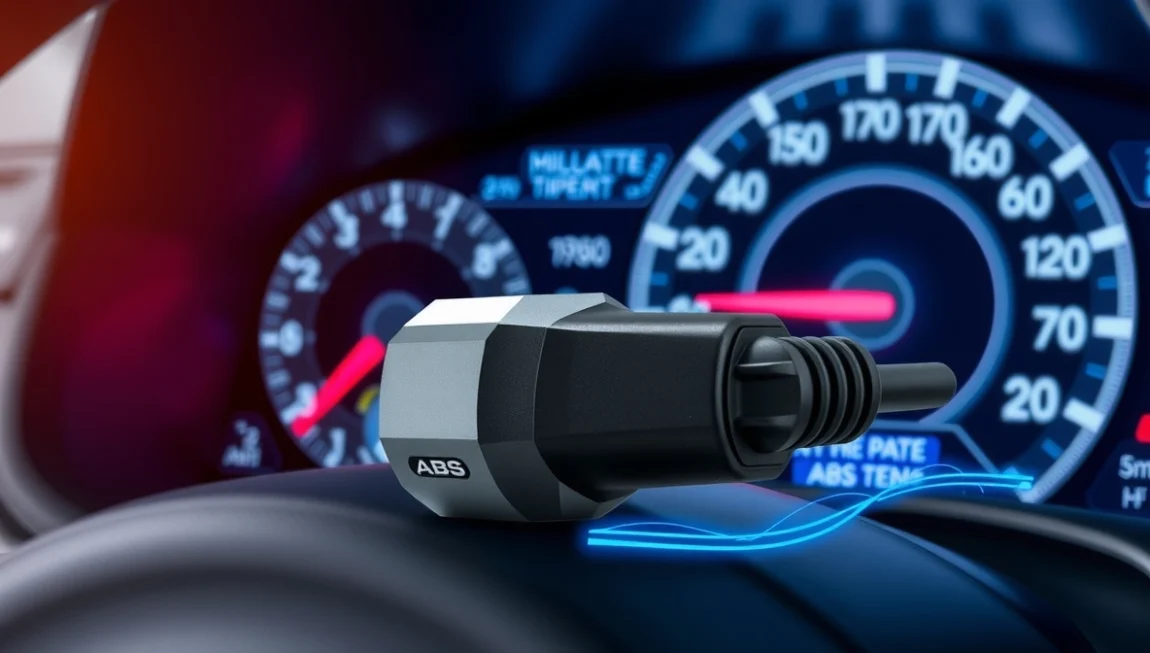Hey there! Ever heard of an ABS sensor? It might sound technical, but trust me, it’s pretty cool and plays an essential role in making machines and vehicles smarter. Whether you’re into automation or just curious about how things work, understanding the ABS sensor can give you an edge in the world of automation.
In this article, we’ll break down what an ABS sensor is, why it’s so important in automation, how it works, and how you can troubleshoot it. Plus, I’ll share some personal insights on how it has impacted different automation systems. Let’s get started!
What is an ABS Sensor?
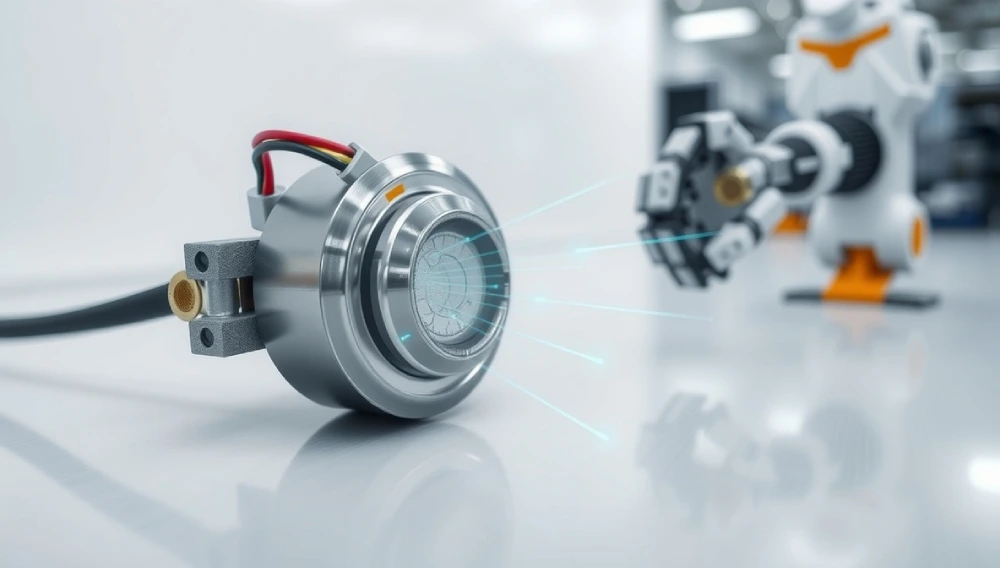
Analogy
Imagine you’re driving a car, and suddenly, the wheels start to slip in wet conditions. The ABS (Anti-lock Braking System) sensor is like the vehicle’s “guardian angel,” constantly monitoring the wheels to make sure they don’t lock up. It helps the brakes work efficiently and keeps everything safe.
Tech Simplified
In simple terms, an ABS sensor tracks the rotation of each wheel and sends this data to the car’s ABS control module. This helps prevent the wheels from locking up when braking, allowing you to maintain control, even in slippery conditions. The sensor is part of a larger system that ensures safety and precision in the vehicle’s braking mechanism.
Why ABS Sensors Matter in Automation
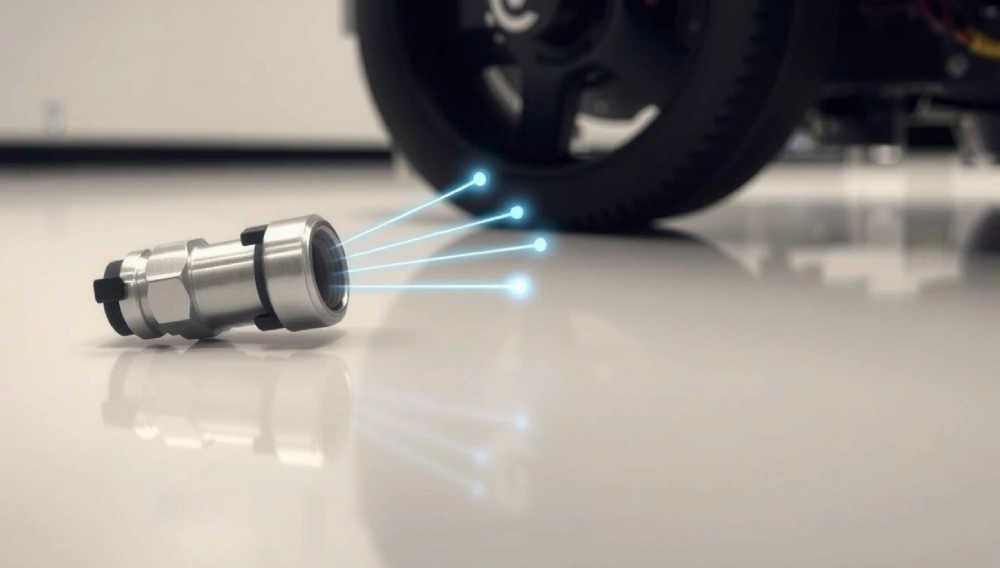
ABS sensors aren’t just for cars – they’re used in various automation systems to maintain efficiency and safety. Here are three main reasons why they matter:
- Safety
By preventing wheel lock-up during braking, ABS sensors ensure the vehicle or automation system remains under control. This is especially important in robotics or automated vehicles, where stability is key to safe operations. A system without a properly functioning ABS sensor is much more likely to experience failures or accidents. - Accuracy
These sensors ensure that braking happens at the correct time and speed. They help automated systems make more accurate adjustments to pressure and force, preventing over-compensation or too little braking. Whether in cars or industrial robots, accuracy is crucial to ensure everything runs smoothly. - Efficiency
The ABS sensor helps optimize the vehicle’s fuel and energy consumption. By ensuring that the wheels don’t lock up, the system can keep the car or robot running at its best. This leads to less energy waste and higher overall efficiency.
Manifold Air Pressure Sensor – ABS and manifold sensors
Where ABS Sensors Are Used
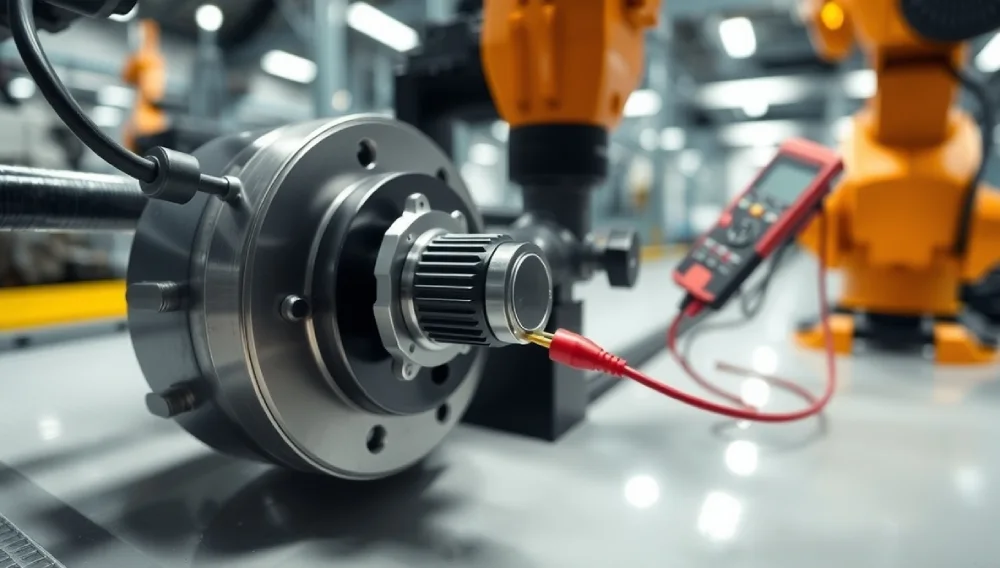
- Automated Vehicles
In the world of automated driving, ABS sensors play a crucial role in ensuring that self-driving cars and trucks operate safely. They help keep control over the vehicle in various weather conditions, allowing for smooth braking and enhanced safety. - Industrial Robots
In factories, industrial robots rely on ABS sensors to maintain balance and prevent sudden jerks. This ensures that operations are not only precise but also safe for workers around the robots. - Drones
Drones use ABS sensors for better control during landing and takeoff. This is crucial, especially when dealing with uneven surfaces or unpredictable conditions, making the drone more reliable in automation.
Installing and Using ABS Sensors
Installing an ABS sensor isn’t too complex, but like all automation devices, it requires the right tools and approach. Here’s how you can do it:
Tools You’ll Need
- Multimeter
- Screwdriver
- Wrench
- ABS sensor kit (specific to your automation system)
Steps to Install the ABS Sensor
- Locate the Sensor: First, find where your ABS sensor is situated on the vehicle or automation device. Typically, it’s near the wheel hub or axle.
- Remove the Old Sensor: If you’re replacing an old one, carefully remove the old sensor. Be sure to disconnect any wiring.
- Install the New Sensor: Attach the new ABS sensor, securing it tightly in place.
- Connect the Wires: Make sure the wiring harness is correctly connected. It’s essential to avoid any loose or exposed wires.
- Test the Sensor: Once installed, use a diagnostic tool to test the sensor’s functionality. This ensures that it’s working as expected.
Pro Tip: Always clean the sensor area before installation to avoid dirt or debris affecting the sensor’s performance.
Common Issues and How to Fix Them
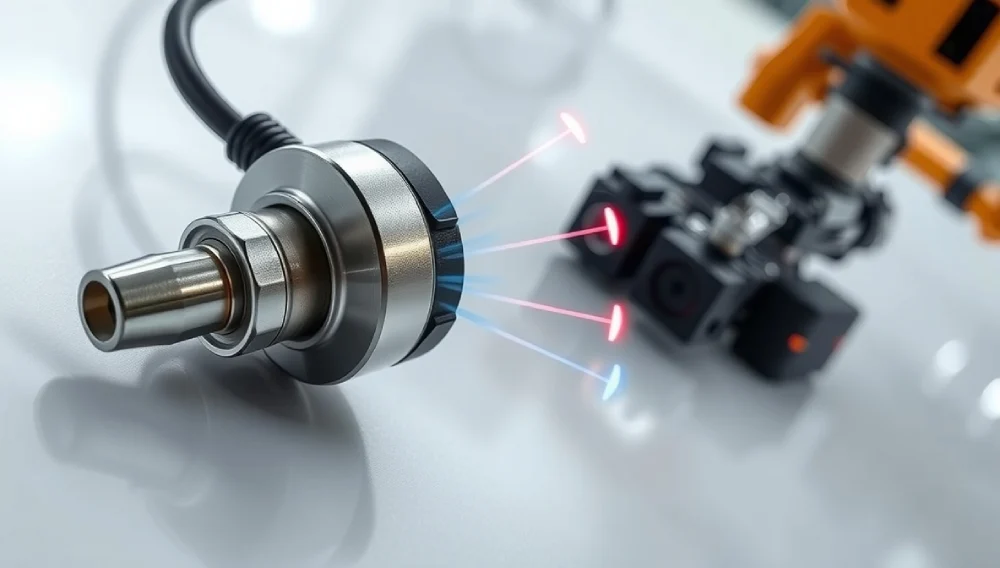
Just like any sensor, ABS sensors can sometimes face issues. Here’s a quick troubleshooting guide:
| Problem | Cause | Fix |
| ABS light is on | Faulty sensor wiring | Check for loose or damaged wires. Replace if needed. |
| Erratic braking | Dirty sensor | Clean the sensor using a soft brush and compressed air. |
| Delayed braking | Sensor malfunction | Test the sensor with a multimeter and replace if needed. |
Personal Experience The Power of ABS Sensors in Automation
A few years ago, I was working on a project involving industrial robots. These robots were tasked with assembling delicate parts for a high-end electronics company. Without ABS sensors, these robots would have struggled with sudden movements, causing potential damage to parts. The ABS sensors played a key role in helping the robots adjust their braking efficiently, ensuring smooth and precise operations every time. It was amazing to see how a small sensor could make such a big difference in an automation system!
Future Trends of ABS Sensors in Automation
The future of ABS sensors looks promising, especially with advancements in machine learning and artificial intelligence. Imagine a scenario where ABS sensors don’t just detect wheel speed, but predict the best braking pattern for each unique situation, learning from the environment and adjusting braking behavior accordingly. This could open up new possibilities for smarter, more adaptive automation systems!
Frequently Asked Questions (FAQ)
Q: Can I install an ABS sensor myself?
A: Yes! With the right tools and instructions, it’s entirely possible to install an ABS sensor on your own. Just make sure you follow all the steps carefully and always check the wiring to avoid issues.
Q: What happens if my ABS sensor stops working?
A: If your ABS sensor stops working, your vehicle or automation system might experience poor braking performance. You may notice issues like the ABS light coming on or delayed braking responses. It’s best to get it fixed as soon as possible to ensure safety.
Final Thoughts
ABS sensors might seem like a small piece of the automation puzzle, but they’re critical for ensuring safe, efficient, and precise operations. Whether in vehicles, robots, or drones, these sensors help keep everything running smoothly and safely. If you’ve never paid much attention to them before, it’s time to start appreciating the tiny heroes working behind the scenes!
